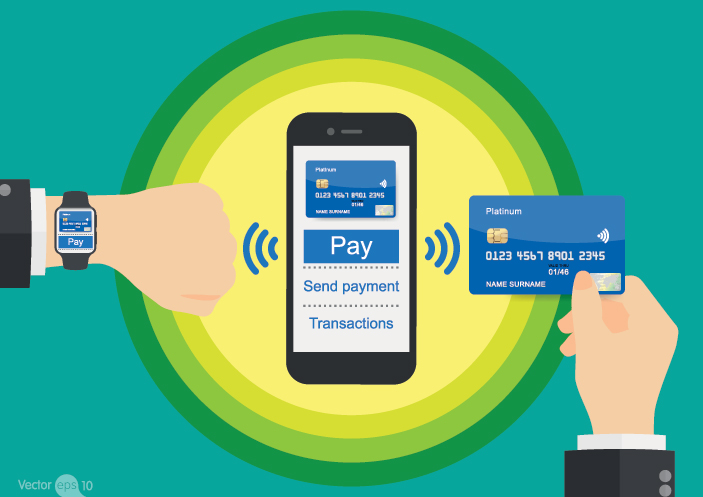Every now and again, a new piece of technology comes along with designs on changing the world – or, at least, making life a little bit easier. Recentl
Every now and again, a new piece of technology comes along with designs on changing the world – or, at least, making life a little bit easier. Recently, that accolade has gone to things like cryptocurrency, drones, smartwatches and virtual reality headsets. Some have found a mainstream audience; others just have a few dedicated fans.
In 2015, shoppers gained the ability to pay for goods with their mobile phone using apps like Apple Pay, Samsung Pay and Android Pay, although both PayPal and Bitcoin have claims on that particular niche of modern commerce. It was perhaps an inevitable development – many people are almost physically attached to their iPhone or Pixel – but did it change anything?
Smartphones
Articles mentioning meteoric growth in Apple Pay adoption towards the end of last year (up to 500%) are a little misleading, as the Cupertino-based company rolled out the app to a number of new countries in Q3 2016, including Japan and Russia. Given that Apple Pay was growing from nothing in those areas, rapid uptake was perhaps inevitable.
In reality, the growth in the popularity of mobile payments has been rather more modest. The BBC notes that only one in a hundred transactions involved a mobile phone in 2015 – that’s 1%. Considering that there are about 45 million smartphone users in the UK, interest in Apple and Android Pay is evidently quite low.
It’s unlikely to remain that way for long though. Statista indicates that, from a base of $450 billion (£357 billion) in 2015, total revenue from mobile payments will more than double worldwide by 2019, with much of that growth occurring in the United States. Getting consumers on board is only one part of the puzzle though; the onus is on retailers to offer mobile payments as an option at checkout.
iGaming
Bitcoin provides a useful blueprint for the future development of mobile payments. The cryptocurrency made the journey from an online essay to a commodity that rivals gold in under a decade. It’s a remarkable achievement made possible by early support from online communities like iGaming, the online branch of the casino industry.
While in the UK, Bitcoin is best known as the babe of hipster cafes and pubs, the currency is central to the existence of websites like VegasCasino.io, a joint sportsbook and gaming site, and one of several bitcoin casinos that have abandoned fiat currencies altogether. VegasCasino.io even pays out its welcome bonus in Bitcoin, up to 1,000 mBTC.
But how does Bitcoin stack up as a mobile payment option? The currency’s offline growth is stymied somewhat by a lack of support from retailers and a widespread belief in its complexity – at least when compared to the pound – but Bitcoin nevertheless enjoys nationwide visibility in the UK, chiefly through tech chain CeX.
Going forward, the problem that Bitcoin and all mobile payment offerings face is the need to convince consumers that their fiat currencies are no longer necessary – Apple Pay (etc.) are alternative options but not must-haves. Retailers interested in going cash-less could significantly improve adoption rates by offering incentives like extra loyalty points for the use of mobile payment options.



















































































































COMMENTS